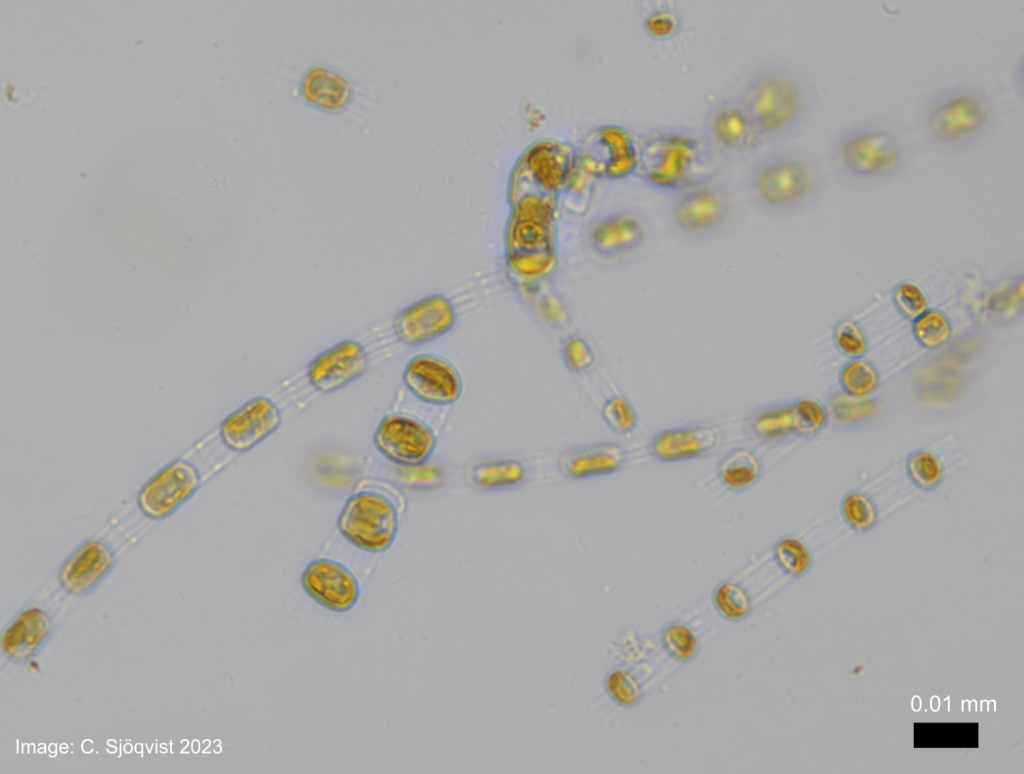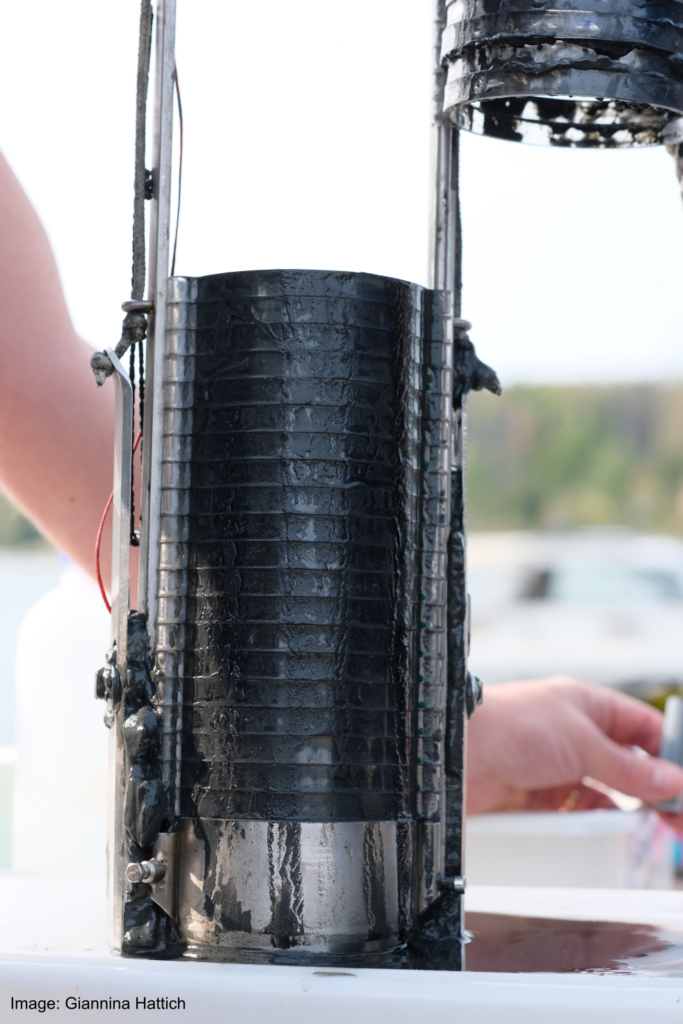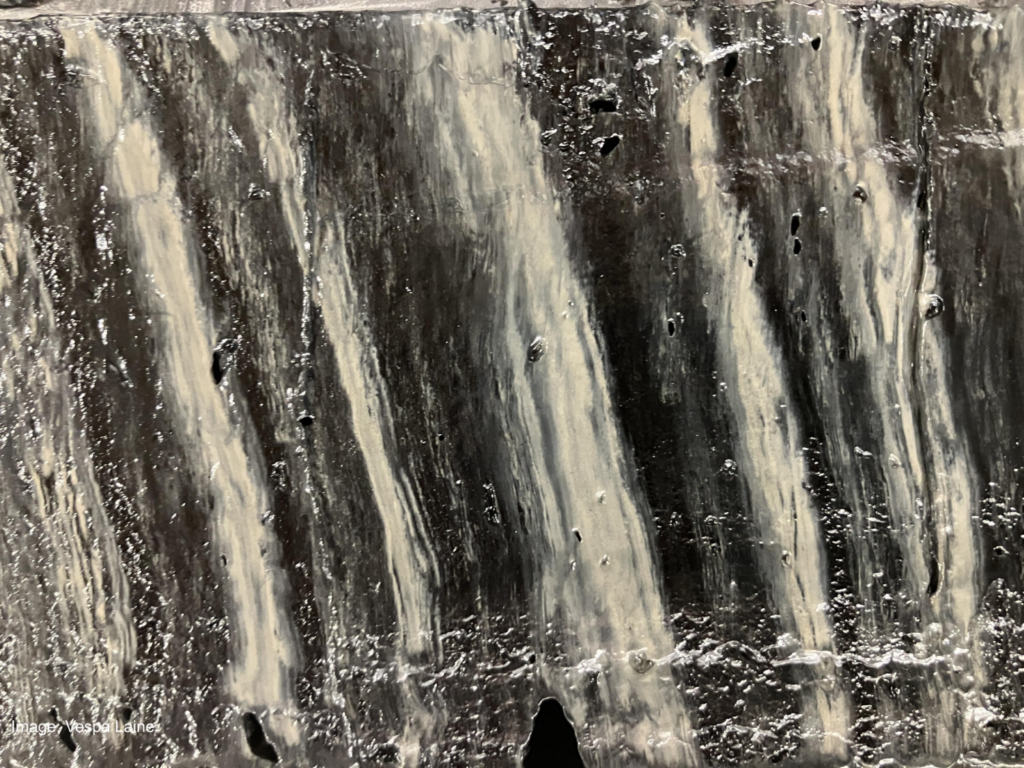8.4.2024
Åbo Akademi University researchers bring 60-year-old dormant algae cells to life
Groundbreaking research at Åbo Akademi University, Finland, has managed to circumvent previous challenges in finding out how microalgae adapt to global warming by studying up to 60-year-old microalgae cells from the Archipelago Sea. Some microalgae form resting cells that sink to the seabed after blooming is over. Researchers have now managed to awaken these dormant cells from sediment cores with different chronological layers that can be dated by geological methods.
The findings are unique on a global level as microalgae have not previously been shown to adapt to global warming in natural environments where complex evolutionary selection pressures govern adaptation to new conditions. Experimental studies with the awakened cell lines have enabled scientists at Åbo Akademi University to establish that the species adapts to the documented warming of the sea. The optimum temperature for the species has risen by 0.89°C while the average temperature of the water has risen by approximately 2.5°C in the years 1960-2020.
– This awakening has enabled us to study genotypes of this species that lived in the 1960s, 1990s and 2010s. Single-cell microalgae play a key role in the functioning of the marine ecosystem as they form the basis of the food web in marine environments. They are also responsible for half of all oxygen production on earth and make the atmosphere suitable for man and much of the life that exists on the planet, says Conny Sjöqvist, Project Researcher in Environmental and Marine Biology, Åbo Akademi University.

Photo: Conny Sjöqvist
Researchers were also able to see a noticeable change in how today’s cells react to higher temperatures compared to cells from the 1960s. For example, they change their gene expression and cell morphology to enhance nutrient uptake needed to support an increasingly intense metabolism at higher temperatures. At the same time, genetic analyses show that cells from the 2010s do not experience high temperatures as stressful as cells from the 1960s. The gene expression of heat shock genes is displayed significantly less in today’s cells, which supports the scientists’ perception of how microalgae adapt.
– Now we will move on to examine the significance of adaptation for this key species as a whole and the ecological consequences this can have for the rest of the marine ecosystem. We are particularly interested in any parallel changes that may have occurred, for example in the fatty acid profile and nutritional values of microalgae, says Sjöqvist.


Photo: Vespa Laine
Researchers have long been studying how microalgae adapt to rising temperatures in their surroundings. Particular attention has been paid to their adaptation potential, and this has mainly been studied in the field of experimental evolution, where species are exposed to challenging environmental conditions in the laboratory. Microalgae have been shown to have a high potential for adaptation, but at the same time, past findings have been criticised because laboratory conditions do not reflect what is realistically happening in nature.
The research findings were recently published in the Nature Climate Change journal.
Link to the article: https://www.nature.com/articles/s41558-024-01981-9
Further information:
Conny Sjöqvist, Project Researcher in Environmental and Marine Biology, Åbo Akademi University, Finland
Telephone: +358 40 558 0284
E-mail: conny.sjoqvist@abo.fi
Giannina Hattich, Postdoctoral researcher in Environmental and Marine Biology, Åbo Akademi University
E-mail: giannina.hattich@abo.fi
The research has inspired an exhibition, Hidden Archives, produced by the Science & Art collective Fern Orchestra, opening on 12.4.2024 at Brinkala Gallery in Turku, Finland.
